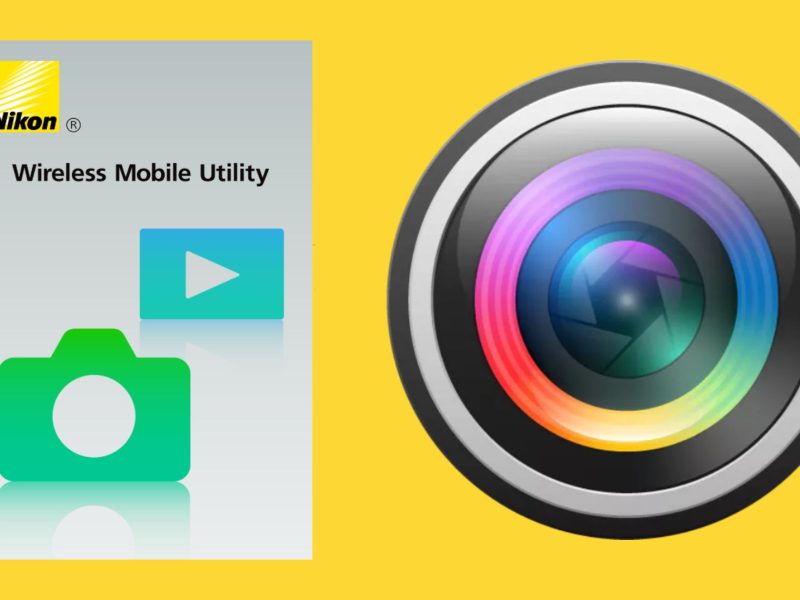Need to install a Google Play Store-compatible or otherwise inaccessible Android app? You’ll be able to install a variety of apps and games via APK (Android Bundle) files once you modify your settings to allow application installs from Unknown sources. You’ll learn how to install apps on any Android smartphone or tablet in this APKOnline post.
What’s an APK File?
APK stands for Android Bundle (here and there Android Bundle Unit or Android Application Bundle). It is the file format used by Android to distribute and install applications. As a result, an APK contains all of the components required for an application to properly install on your device.
An APK is a log file, which means it contains a number of files as well as some metadata about them. You’re probably familiar with various types of archive files, such as Compress and RAR.
Document files (such as Compress) are commonly used to combine multiple files into one, making them more versatile, or packing them to save space. When a document is used to disseminate programming, it is referred to as a product bundle.
Because a lot of Android is implicit in Java, APKs are a variation of the Container (Java Document) file design. At their core, all APKs are Compress files, but they must contain additional data in order to function properly as an APK.
So all APKs are ZIPs, but not all ZIPs are APKs. If you’re curious, you can air out an APK file and see what’s inside. Simply open it with one of the best file extraction programs, such as 7-Zip, as you would any other Compress file. You can’t do much with APKs on platforms other than Android unless you install an Android emulator like Bluestacks.
What Are APK Files Utilized For?
APK files allow you to install apps on your Android phone. They’re similar to the APPX files used to install Store apps on Windows 10, as well as related bundle files at various stages. When you open an APK on your device, it contains installation instructions and information about the actual bundle for your device.
When you visit Google Play and download or refresh an app, the store typically installs the APK for you. As a result, the Play Store also functions as a bundle manager — a tool for effectively installing, refreshing, and removing programming from a device.
However, due to the open nature of Android, Google Play isn’t the best place to find and install APKs. It is simple to obtain an APK file from somewhere else, transfer it to your device, and then physically install it. Learn how to sideload applications on Android for complete assistance.
How Are APK Files Made?
When an engineer creates an Android application, they most likely use Android Studio, the official development tool for Android. Once the application is ready for transport, Android Studio arranges it and places everything into a single compartment — an APK.
APKs can have any name, but they must keep the file extension.apk so that operating systems can decipher them. When you download an APK, you’ll notice that the filenames are typically something like:
com.google.android.dialer_66.0.374464860.apk
This is a (shortened) version of the APK name for Google’s Telephone app. In the URL of the application’s Google Play page, you can see that the full application name corresponds with the filename:
https://play.google.com/store/applications/details?id=com.google.android.dialer
The numbers near the end address the ongoing variant, which can be very granular because major applications like this are constantly refreshed.
Why Should I Install An APK File Manually?
Google Play is adequate for the majority of Android installation requirements. However, there are a few advantages to manually installing APKs.
One of the most significant is early access to the most recent variant of applications. When a major Google application (for example, Schedule) releases a significant update, it may take up to seven days for your device to receive the most recent delivery from Google Play. By installing the APK on your own, you can avoid the pause and update whenever you want.
Sideloading APKs also allows you to install applications that aren’t available on Google Play on your device. You might come across an app that isn’t allowed on Google Play because it violates a policy, or you might want to test your friend’s app that is currently being developed.
Downloading APK files from arbitrary sites, like work area programming, can be risky. While Google Play has channels set up to get risky applications, there isn’t as much protection when installing APKs on your own. They could be malware disguised as a legitimate application, or they could have been tampered with to include spyware.
Simply download APKs from trusted sources. Be wary of any website that promises you a paid app for free — this is a common way for malware to be installed on your device.
Read Also: How to Install Apk Files on iPhone Without Jailbreak?
How to install an APK on your Android device
- On an Android smartphone or tablet, APK files can be installed directly from the browser.
- Simply open your browser, navigate to the APK file you want to download, and press the download button. The download progress should then be displayed in the top bar of your device.
- Open Downloads, tap on the APK file, and select Yes when prompted.
- The app will be installed on your device. Simple.
How do I install an APK file on an iPhone?
An APK file, as you may know, is a file created by Google specifically for Android OS devices. As a result, you will be unable to download this type of file onto your iPhone. APK files function differently than apps used in iOS. Android apps and iOS apps do not work together for a variety of reasons.
As a result, you should be aware that you cannot install an APK file directly from your iPhone. The only option is to use an APK version of the file that is specifically designed for iOS devices.
What I mean is that you cannot install an APK file on your iPhone. Instead, if an IPA version of the app or file you’re looking for is available on your iPhone’s App Store app, you can go for it.
The bottom line is that downloading and installing APK files on iPhones and other iOS devices is completely impossible. If you have a strong interest in the app and need it on your iPhone, the IPA version of the file is your best bet.
Allow APK Installs on Samsung Galaxy
- Open the Android Settings app. To do so, tap the gear-shaped icon.
2. On the menu, select “Apps & Notifications.” This is a list of applications.
Allowing APK installations is somewhat unusual if you’re running an older version of Android (Android 7.0 or earlier). Select “Security or Lock screen and security” rather than Applications, scroll down to the “Unknown Sources” section, and then tap the toggle switch to enable it—you can now install your APK.
3. Choose Advanced. This opens up new options.
- You may only need to scroll to the “Advanced” section rather than tapping it, depending on your Android version.
4. Select “Special App Access.” This displays a screen with the option to allow installations from unknown applications.
If you don’t see an option called “Extraordinary Access,” tap the back button until you’re back at the main Settings screen, and then tap Biometrics and Security.
5. Select “Install Unknown Applications.” A list of applications on your Android that can install APKs (when permitted) will be displayed.
Before you see the application list, you may need to tap Install obscure applications a second time to confirm.
6. Choose the application from which you want to install APKs. Select Chrome, for example, if you need to download the APK from the web.
- If you transferred the APK file from your PC to your Android or downloaded it from the web, select My Files so you can install it from your File Manager.
7. Turn on the switch near “Allow from this source.” This grants the selected application permission to install applications from APKs on your Android.
How to install APK Files from your computer
APK files can be downloaded and installed without the use of a smartphone. A desktop computer can also be used for this. This is how things work.
To begin, locate the desired APK file. Find an APK file online and save it to a specific location on your computer (like your desktop).
- You can also download file manager software to make it easier to find files on your Android device. We recommend our favorite file managers in our list of the best file explorers for Android.
- After downloading the APK file, connect your Android device to your computer.
- At this point, you may be asked to choose between charging your phone and connecting it as a “media device.” Choose a media player (File Transfer in some phones).
- then navigate to your computer’s phone folder. It will be in “My Computer” or “Computer” on Windows (PC).
- Copy the APK file to the folder of your choice on your Android phone.
- Now that you know where the file is, you can look for it in the My Files section of your device.
- Locate the APK file in the file manager, double-click it, and then select Install.
If this is your first time using the file manager to install an APK file, Android will prompt you for permission to install unknown apps or those that were not obtained from the Play Store. Simply follow the on-screen instructions to make the program behave as shown in the screenshot above.
Congratulations, you have completed your task and now have your app. Simply open it from your smartphone to ensure that it works properly. If it doesn’t work, try again with a different APK file. You could try another APK website.
Plus
If your smartphone’s operating system is older than Android 8.0, you must change a system option in order to install apps that were not downloaded from the Play Store:\
- Open the Settings app.
- Choose Security.
- Turn on the Unknown Sources setting to allow your phone to install apps from sources other than the Google Play Store.


